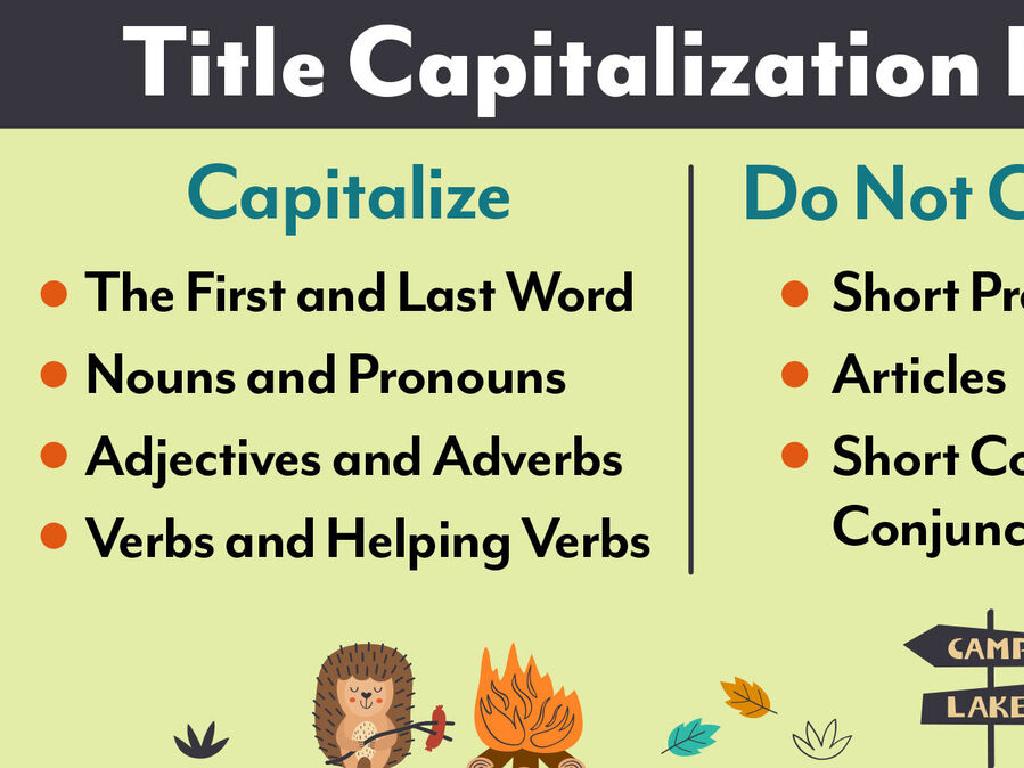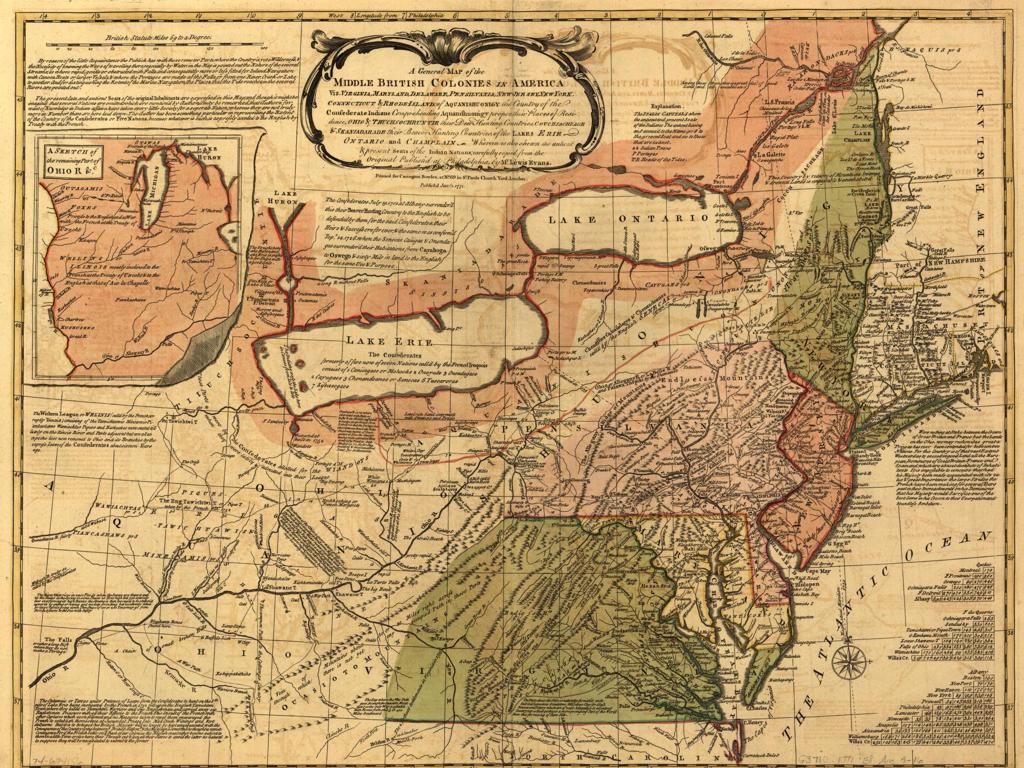The Columbian Exchange
Subject: Social studies
Grade: Eighth grade
Topic: Age Of Exploration
Please LOG IN to download the presentation. Access is available to registered users only.
View More Content
The Columbian Exchange: A Key Concept in World History
– Exploring the Age of Exploration
– Defining the Columbian Exchange
– The vast transfer of goods, crops, and populations between the New and Old Worlds
– Impact on global trade and culture
– Introduced new foods, animals, and ideas, reshaping societies and economies
– Significance in historical context
– A pivotal moment that connected continents, influencing the modern world
|
This slide introduces students to the Age of Exploration and the Columbian Exchange, emphasizing its importance in world history. The Columbian Exchange refers to the enormous, widespread exchange of agricultural goods, livestock, slave labor, diseases, and ideas between the Western and Eastern Hemispheres that occurred after Christopher Columbus’s voyage in 1492. This event had profound effects on the global economy, agriculture, and culture, leading to increased trade, the spread of new food crops and animals, and significant demographic changes. It’s crucial for students to understand how these historical events have shaped the interconnected world we live in today. Encourage students to think about how the exchange of goods and ideas can impact societies and to consider both the positive and negative consequences of such a significant historical event.
The Columbian Exchange Explained
– Defining the Columbian Exchange
– A large-scale exchange of crops, animals, and cultures after 1492.
– Columbus’s role in the exchange
– Columbus’s voyages in 1492 connected the Americas and Europe/Africa.
– Goods from the Old to New World
– Wheat, sugar, and horses were brought to the Americas.
– Goods from the New to Old World
– Corn, potatoes, and tomatoes were introduced to Europe/Africa.
|
The Columbian Exchange refers to the widespread transfer of plants, animals, culture, human populations, technology, and ideas between the Americas and the Old World in the 15th and 16th centuries, following Christopher Columbus’s 1492 voyage. This exchange had a profound impact on the global population because it involved the transfer of both beneficial and harmful species. For example, the introduction of new staple crops like potatoes and corn to Europe contributed to population growth, while diseases like smallpox brought to the Americas resulted in the deaths of many indigenous people. Discuss the long-term effects of the exchange, such as changes in agriculture, culture, and ecology on both sides of the Atlantic.
Impact of the Columbian Exchange on Agriculture
– Global agricultural transformation
– New crops in Europe and Americas
– Crops like tomatoes, potatoes introduced to Europe; maize, squash to Americas
– Potatoes revolutionize Europe
– Potatoes from the Americas became a staple in Europe, aiding population growth
– Wheat expands in the Americas
– Wheat, brought by Europeans, became widely cultivated in the Americas
|
The Columbian Exchange had a profound impact on agriculture around the world. It involved the transfer of plants, animals, and technologies between the Americas and the Old World following Columbus’s voyages. This slide focuses on the introduction of new crops across continents, which significantly altered diets and farming practices. Potatoes, native to South America, became a staple in Europe and contributed to population growth. Conversely, wheat, along with other Old World grains, was introduced to the Americas, where it became a central crop. Discuss with students how these agricultural changes not only affected food availability but also social and economic structures.
Diseases and Population During The Columbian Exchange
– Spread of diseases impacted populations
– Diseases like smallpox were transferred between continents, decimating indigenous populations.
– Devastating effects of Smallpox
– Smallpox, unknown in the Americas pre-contact, led to high mortality rates among native peoples.
– European livestock introduction
– Livestock such as horses, pigs, and cattle were brought by Europeans, altering the land use and agriculture.
– Consequences on New World ecosystems
– New animals competed with native species, leading to ecological changes and sometimes extinctions.
|
This slide addresses the profound impact of The Columbian Exchange on human populations and ecosystems. Emphasize the role of diseases like smallpox, which were brought to the Americas by Europeans and had catastrophic effects on the indigenous peoples, who had no immunity to such diseases. Additionally, the introduction of European livestock changed the way land was used, affected native agriculture, and had lasting consequences on the environment. Discuss the concept of invasive species and how the introduction of new animals can disrupt existing ecosystems. This slide can lead to a discussion on the broader impacts of human exploration and colonization on global biodiversity and population dynamics.
Cultural Impact of the Columbian Exchange
– Influence on global cultures
– The Columbian Exchange reshaped societies, mixing diverse customs and lifestyles.
– Spread of languages and religions
– European languages and Christianity spread, while indigenous languages and beliefs were also shared.
– Exchange of cultural practices
– Foods, music, and art forms were exchanged, enriching cultures worldwide.
– Blending of indigenous and European cultures
– New cultural identities emerged, combining European and native elements.
|
This slide aims to explore the profound cultural changes that occurred as a result of the Columbian Exchange. It’s crucial to highlight how this period was not only about the exchange of goods but also about the deep and lasting impact on the cultures of the people involved. Students should understand that the spread of languages and religions often came with complex power dynamics, including colonization and conversion efforts. The exchange of cultural practices such as food, music, and art led to the creation of new, syncretic cultures. Discuss the blending of indigenous and European cultures, emphasizing both the positive aspects of cultural exchange and the often-negative consequences of cultural imposition. Encourage students to think critically about the long-term effects of these exchanges on modern societies.
Economic Changes from the Columbian Exchange
– Global trade impact of Columbian Exchange
– New goods and trade routes transformed economies worldwide.
– Emergence of mercantilism and capitalism
– Wealth accumulation through trade led to new economic theories.
– Shifts in labor systems
– Demand for labor grew, altering traditional labor practices.
– Introduction of slavery
– Enslaved Africans became part of transatlantic trade systems.
|
The Columbian Exchange drastically altered global commerce, introducing new products and creating new trade routes. This led to the rise of mercantilism, where nations sought to accumulate wealth through trade, and capitalism, which emphasized private ownership and investment. Labor systems were transformed as the demand for goods increased, leading to the use of enslaved Africans, particularly in plantation economies. This slide will explore these economic shifts and their profound effects on societies worldwide. It’s crucial to discuss the ethical implications and human cost of these changes, especially the impact of slavery.
Environmental Consequences of The Columbian Exchange
– Ecological effects of the exchange
– New plants, animals, and diseases were introduced across continents.
– Invasive species and ecosystem impact
– Species like rats and weeds spread, outcompeting native flora and fauna.
– Deforestation and land use changes
– Forests were cleared for agriculture, altering habitats and biodiversity.
– Balancing ecology and exploration
|
This slide aims to highlight the significant environmental impacts that resulted from the Columbian Exchange. It’s crucial to discuss how the introduction of new species, both intentionally and accidentally, led to dramatic changes in ecosystems. Invasive species often had no natural predators in their new environments, leading to overpopulation and the displacement of native species. Additionally, the demand for agricultural land led to widespread deforestation, which had long-term effects on the environment. Encourage students to think critically about how the benefits of exploration and trade must be weighed against the environmental costs. Discuss the importance of responsible environmental management in the context of historical events.
Role-Play Debate: Perspectives on the Columbian Exchange
– Divide into perspective groups
– Debate Columbian Exchange impacts
– Consider both positive and negative effects from each viewpoint
– Prepare pro and con arguments
– Use historical facts to support your stance
– Present findings to the class
|
This class activity is designed to engage students in a role-play debate to explore the complex impacts of the Columbian Exchange. By dividing the class into groups representing Indigenous peoples, European colonizers, and African slaves, students will gain a deeper understanding of the multifaceted consequences of this historical event. Encourage each group to research and prepare arguments that highlight both the benefits and drawbacks of the Columbian Exchange from their assigned perspective. This will help students develop critical thinking and public speaking skills. Possible activities for different students could include creating posters to support their arguments, writing a brief speech, or preparing a list of key points for debate. The goal is for students to empathize with their assigned group and articulate their perspective in a clear and convincing manner.
Reflecting on the Columbian Exchange
– Summary of Columbian Exchange
– Exchange of crops, animals, and diseases between the Old and New Worlds.
– Long-term effects on societies
– Global population growth, dietary changes, and cultural transformations.
– History’s impact on today and tomorrow
– Understanding past events helps predict and shape future outcomes.
– Engage in reflective discussion
|
As we conclude our study of the Columbian Exchange, summarize the major exchanges that took place, including the transfer of plants, animals, and diseases, and how these have fundamentally altered societies globally. Reflect on the profound long-term effects, such as the introduction of new crops leading to population growth and shifts in economic power. Discuss with students how the historical events of the Columbian Exchange continue to influence our present-day global interactions, economies, and cultural exchanges. Encourage students to think critically about how learning history equips us to understand current issues and make informed decisions for the future. This reflection will help students appreciate the interconnectedness of historical events and their lasting impact.





